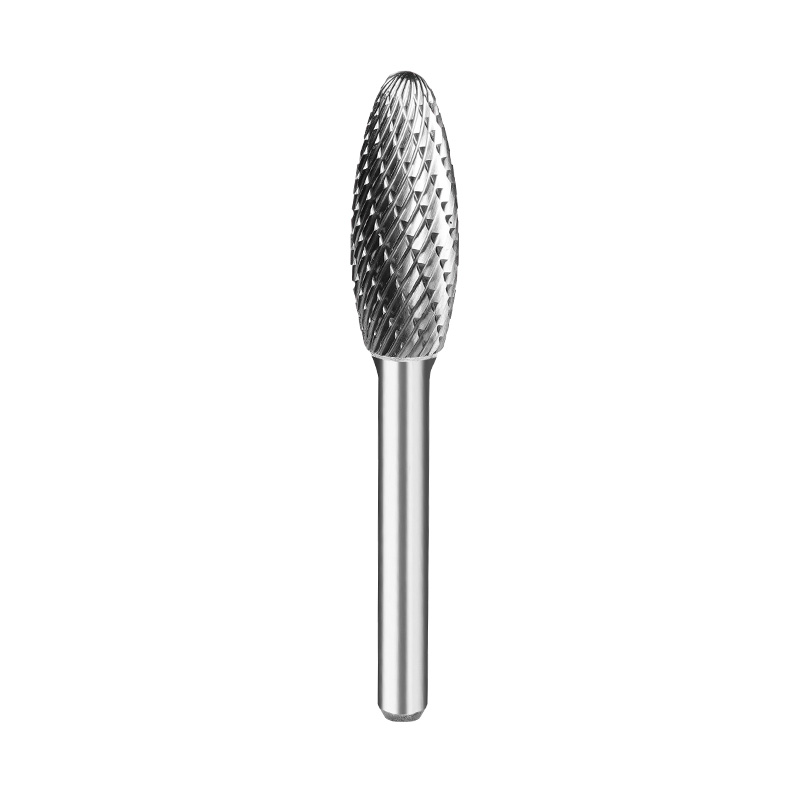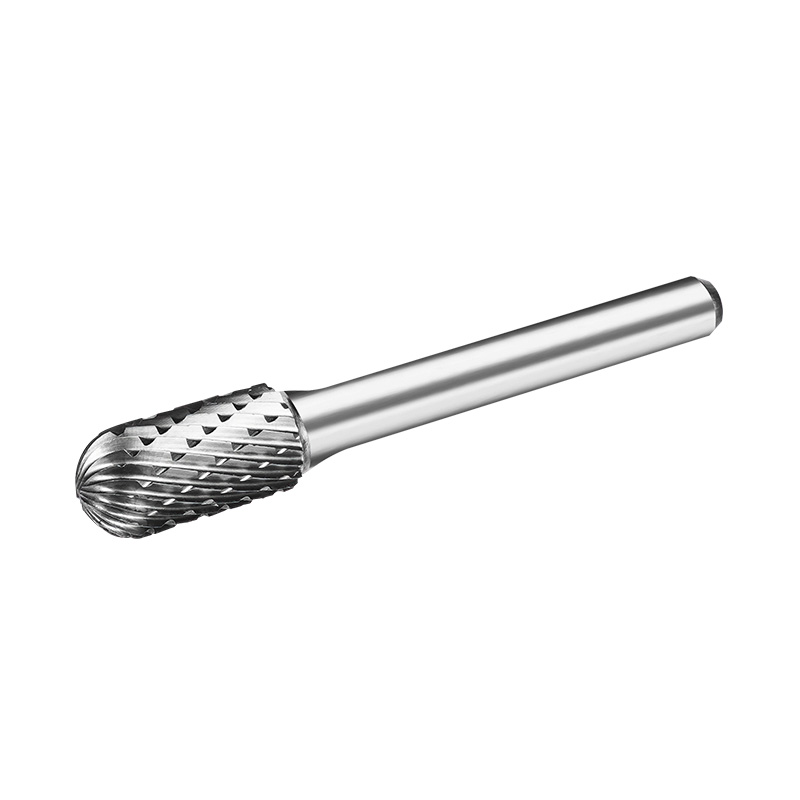Carbide burrs are cutting tools designed for metalworking, woodworking, and other material shaping processes. They come in a variety of shapes and sizes, each tailored to specific applications. The primary advantage of carbide burrs is their hardness and durability, which allows for precise and efficient cutting.

Rotary burrs are one of common types of carbide burrs, featuring a cylindrical or conical shape with cutting edges. These burrs are mounted on a rotating shaft, providing a high-speed cutting action that is ideal for deburring, shaping, and smoothing operations. The versatility of rotary burrs makes them a popular choice for a wide range of applications, from automotive to aerospace industries.
Cylindrical carbide burrs are designed with a uniform cylindrical shape, providing a consistent cutting surface around the entire tool. This design allows for greater control during the machining process, making them great for intricate work where precision is crucial. Cylindrical carbide burrs are often used in die-sinking, mold making, and medical device manufacturing.
Carbide burr manufacturers play a pivotal role in the development and production of these cutting tools. They are responsible for ensuring that the burrs meet high standards of quality, durability, and performance. By working closely with end-users, carbide burr manufacturers can tailor their products to the specific needs of various industries, ensuring that machinists have access to the right tools for their projects.

When selecting the right carbide burr for your machining needs, several factors must be taken into account:
1. Material Type: The hardness and composition of the material you are working with will influence the type of carbide burr required. For harder materials, a more robust and durable burr is necessary.
2. Cutting Edge Design: The design of the cutting edge on the carbide burr will affect the quality of the cut and the efficiency of the operation. Choose a burr with an edge design that complements the material and the desired finish.
3. Burr Size and Shape: The size and shape of the carbide burr should match the contours and dimensions of the workpiece. This ensures that the burr can reach all necessary areas and achieve the desired result.
4. Rotation Speed: The speed at which the rotary burr rotates can impact the quality of the cut and the heat generated during the process. Select a burr that can be operated at an appropriate speed for your specific application.
5. Coolant Use: Some carbide burrs are designed for use with coolants to reduce heat and prolong tool life. If your operation involves high temperatures or prolonged use, consider a burr that is compatible with coolants.
Selecting the right carbide burr for your machining needs is a critical step in ensuring the success of your project. By understanding the versatility of rotary burrs, the precision offered by cylindrical carbide burrs, and the importance of carbide burr manufacturers in providing high-quality tools, you can make an informed decision. Always consider the material type, cutting edge design, burr size and shape, rotation speed, and coolant use when choosing your carbide burr. With the right tool in hand, you are well on your way to achieving precision and advanced in your machining endeavors.